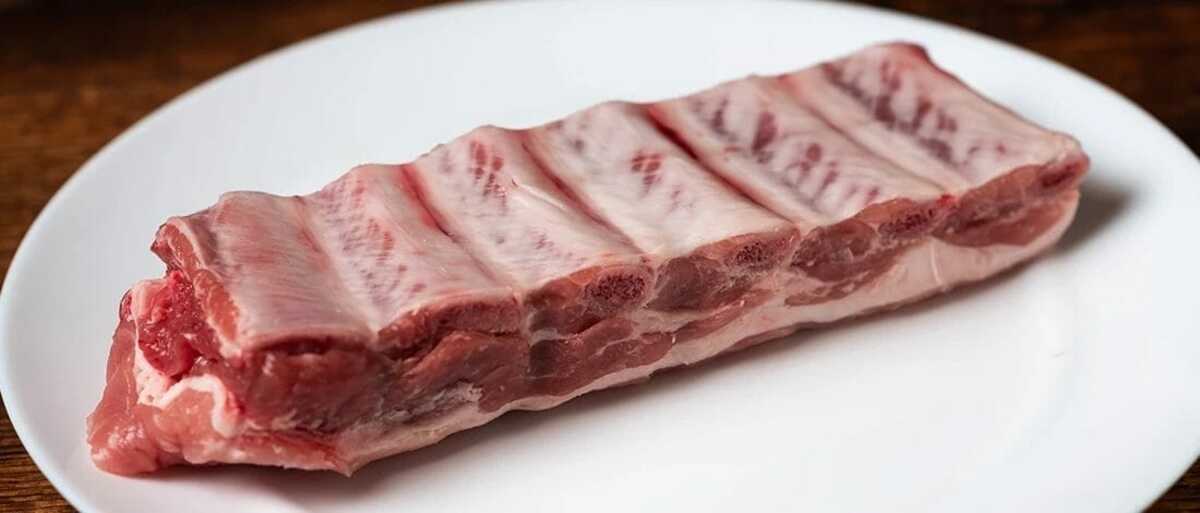

Articles
How To Store Ribs
Modified: February 27, 2024
Learn how to store ribs properly with these helpful articles. Find tips and techniques to keep your ribs fresh and flavorful for longer.
(Many of the links in this article redirect to a specific reviewed product. Your purchase of these products through affiliate links helps to generate commission for Storables.com, at no extra cost. Learn more)
Introduction
When it comes to enjoying tender and succulent ribs, proper storage is key. Whether you have leftovers from a barbecue feast or want to stock up on ribs for future meals, knowing how to store ribs correctly will ensure that they retain their flavor and quality.
In this article, we will walk you through the steps of storing ribs to keep them fresh and delicious for longer periods. From choosing the right ribs to utilizing proper storage methods such as refrigeration and freezing, we will provide you with all the necessary information to make your ribs last.
So, if you want to learn how to store ribs like a pro, read on!
Key Takeaways:
- Store ribs properly by choosing the right type, ensuring freshness, and preparing them for storage. Refrigerate for short-term use or freeze for longer preservation, following proper packaging and labeling techniques.
- Maximize rib freshness by vacuum sealing before freezing, practicing portion control, and maintaining proper freezer temperature. Follow thawing safety guidelines and rotate stock to ensure optimal quality and flavor.
Read more: How To Store Cooked Ribs
Choosing Ribs
When it comes to choosing ribs for storage, there are a few factors to consider to ensure that you end up with the best quality meat. Here are some tips to help you select the right ribs:
- Type of Ribs: There are different types of ribs available, including baby back ribs, spare ribs, and St. Louis-style ribs. Baby back ribs are lean and tender, while spare ribs have more meat and fat. St. Louis-style ribs are trimmed spare ribs that are more uniform in shape. Choose the type that suits your preference.
- Quality: Look for ribs that have minimal fat and are evenly marbled with meat. Avoid ribs that have excessive fat or bruised areas, as these can affect the flavor and texture of the meat.
- Freshness: Check the expiration date or sell-by date on the packaging to ensure that the ribs are fresh. If buying from a butcher, look for bright red meat with a fresh odor.
- Source: Where the ribs come from can also impact the quality. Opt for ribs from reputable suppliers or local farms known for their high-quality meat.
By considering these factors, you can choose ribs that are flavorful and well-suited for storage.
Preparing Ribs for Storage
Before storing your ribs, it’s essential to prepare them properly. Follow these steps to ensure that your ribs are ready for storage:
- Cook the Ribs: It’s best to cook the ribs before storing them. Whether you prefer grilling, smoking, or baking, fully cook the ribs to your desired doneness. This not only ensures that they are safe to eat but also enhances the flavor.
- Cool the Ribs: Allow the cooked ribs to cool before storing them. This prevents excess moisture and condensation from building up in the storage container or wrapping, which can lead to spoilage.
- Trim Excess Fat: If desired, trim off any excess fat from the ribs. This can help prevent the meat from becoming greasy or developing an off-flavor during storage.
- Divide into Portions: Consider dividing the ribs into individual portions or smaller-sized portions before storing. This allows for easier and more convenient thawing or reheating later.
- Wrap or Package: Depending on your chosen storage method, wrap the ribs tightly in plastic wrap or use airtight containers or freezer bags. This helps prevent freezer burn and keeps the ribs fresh for longer.
By following these preparation steps, you can ensure that your ribs are well-preserved and ready for storage.
Refrigerator Storage
If you plan to consume your ribs within a few days, storing them in the refrigerator is the way to go. Follow these steps for proper refrigerator storage:
- Cool the Ribs: Allow the cooked ribs to cool completely before transferring them to the refrigerator. This prevents the temperature of the refrigerator from rising and potentially spoiling other perishable items.
- Wrap the Ribs: Wrap the ribs tightly in plastic wrap or aluminum foil to protect them from drying out and absorbing any odors from other foods in the refrigerator. You can also place them in an airtight container if preferred.
- Label and Date: To keep track of the storage time, label the wrapped ribs with the date of storage. This helps ensure that you use them within a safe time frame.
- Store Properly: Place the wrapped ribs in the coldest part of the refrigerator, such as the lower shelves or meat drawer. Avoid placing them near raw meat or other foods known for strong odors.
- Use Within 3-4 Days: Refrigerated ribs are best consumed within 3-4 days to maintain their quality and taste. Discard any leftovers that exceed this time frame to avoid the risk of foodborne illnesses.
By following these guidelines, you can safely store your ribs in the refrigerator and enjoy them within a short period of time.
After purchasing ribs, store them in the coldest part of the refrigerator, preferably below 40°F (4°C). If not using within 3-5 days, wrap tightly and store in the freezer for up to 6 months.
Freezer Storage
If you want to store ribs for an extended period, freezing them is the most effective method. Here’s how to properly store ribs in the freezer:
- Cool and Package: Cool the cooked ribs completely before packaging them for the freezer. Wrapping the ribs tightly in plastic wrap or aluminum foil helps prevent freezer burn and maintains their quality. Alternatively, you can use freezer bags or containers that are airtight and freezer-safe.
- Label and Date: To keep track of the storage time, label the package with the date of storage. This allows you to know how long the ribs have been in the freezer and prevents you from keeping them for too long.
- Freeze Flat: Lay the wrapped ribs flat in the freezer to maximize space and ensure even freezing. Once frozen, you can stand them up vertically or stack them to save space.
- Use Within 3-4 Months: For the best quality, consume frozen ribs within 3-4 months. Although they will remain safe to eat for longer, the taste and texture may degrade over time.
By following these steps, you can enjoy delicious ribs even after several months of freezer storage. Remember to thaw them properly before reheating to maintain their tenderness and flavor.
Read more: How To Store Leftover Prime Rib
Vacuum Sealing Ribs
If you want to take your rib storage to the next level and maximize their freshness, consider vacuum sealing them. Vacuum sealing removes air from the packaging, creating a tight seal that helps preserve the quality of the ribs. Follow these steps to vacuum seal your ribs:
- Cool and Package: Allow the cooked ribs to cool completely before vacuum sealing. This prevents excess moisture from being trapped in the package, which can lead to freezer burn.
- Wrap or Place in Vacuum Bags: Place the cooled ribs in plastic wrap or vacuum bags that are suitable for use with a vacuum sealer. Ensure that the ribs are wrapped or placed in a single layer to ensure efficient sealing.
- Vacuum Seal: Follow the instructions provided with your vacuum sealer to properly vacuum seal the ribs. The machine will remove the air from the package and create a tight seal.
- Label and Date: Label the vacuum-sealed package with the date of storage. This helps you keep track of how long the ribs have been stored and ensure they are used within a safe timeframe.
- Freeze the Vacuum-Sealed Ribs: Place the vacuum-sealed ribs in the freezer. They can be stored flat or vertically, depending on your freezer space.
- Thaw and Cook: When you’re ready to enjoy the ribs, thaw them in the refrigerator overnight before reheating or cooking them. The vacuum-sealed packaging will help retain moisture and flavor.
By vacuum sealing your ribs, you can extend their shelf life in the freezer, maintain their quality, and enjoy tender and delicious ribs whenever you’re ready.
Tips for Proper Rib Storage
To ensure the best results when storing ribs, consider the following tips:
- Proper Handling: Always practice good hygiene when handling ribs. Wash your hands thoroughly before and after handling raw meat to prevent cross-contamination.
- Cool Completely: Allow cooked ribs to cool completely before storing. Rapidly cooling them can lead to condensation and affect their quality.
- Remove Sauce: If your ribs are sauced, consider removing the excess sauce before storage. This prevents the sauce from making the ribs soggy or affecting their texture during storage.
- Portion Control: Divide your cooked ribs into individual portions or smaller-sized portions before storing. This allows for easier thawing and reheating, preventing the need to thaw and cook more than necessary.
- Avoid Overcrowding: Allow enough space between the ribs in the storage container or freezer bag. Overcrowding can prevent proper airflow and result in uneven freezing or potential spoilage.
- Proper Freezer Temperature: Ensure that your freezer is set to the recommended storage temperature, typically 0°F (-18°C) or below. This helps maintain the quality and freshness of the ribs during freezing.
- Rotate Stock: If you store multiple batches of ribs in the freezer, practice a “first in, first out” rule. Use the oldest batch first to prevent freezer burn and maintain optimal freshness.
- Note Storage Time: Always label the storage container or package with the date of storage. This allows you to keep track of how long the ribs have been in storage and use them within the recommended timeframe.
- Thawing Safety: When thawing ribs, do so in the refrigerator or using the defrost setting on your microwave. Avoid thawing at room temperature to minimize the risk of bacterial growth.
By following these tips, you can ensure that your ribs stay fresh, flavorful, and safe to eat throughout their storage period.
Conclusion
Properly storing ribs is essential to maintain their flavor, texture, and overall quality. Whether you have leftover ribs from a barbecue or want to stock up for future meals, following the right storage techniques ensures that you can enjoy tender and delicious ribs whenever you desire.
From choosing the right ribs to preparing them for storage, we have covered the steps necessary to store ribs properly. Whether you opt for refrigerator storage for short-term preservation or freezer storage for longer-term storage, each method comes with its own considerations to ensure optimal results.
Remember, cooling the ribs, packaging them correctly, and labeling the storage containers with the date are crucial steps to maintain freshness and track storage time. Additionally, factors like choosing the right ribs, practicing portion control, and proper handling are important for successful rib storage.
By following these guidelines and tips, you can keep your ribs fresh and delicious, ready to satisfy your cravings at any time. Whether you’re hosting a gathering, planning a weekend barbecue, or simply want a quick and tasty meal, you’ll always have perfectly stored ribs ready to enjoy.
So go ahead and put these storage techniques into practice. Explore the world of succulent and tender ribs stored to perfection, and savor every bite, knowing that you’ve mastered the art of rib storage.
Frequently Asked Questions about How To Store Ribs
Was this page helpful?
At Storables.com, we guarantee accurate and reliable information. Our content, validated by Expert Board Contributors, is crafted following stringent Editorial Policies. We're committed to providing you with well-researched, expert-backed insights for all your informational needs.
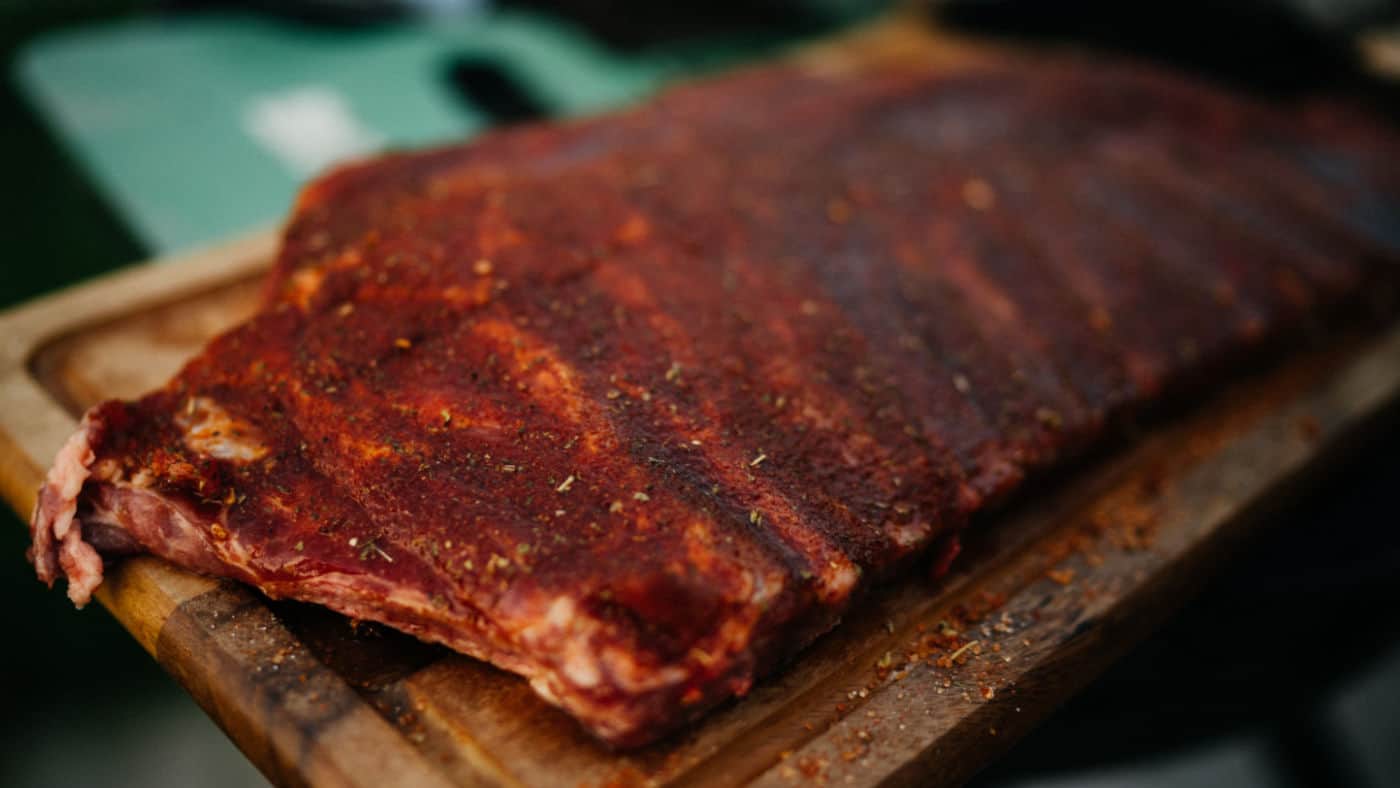
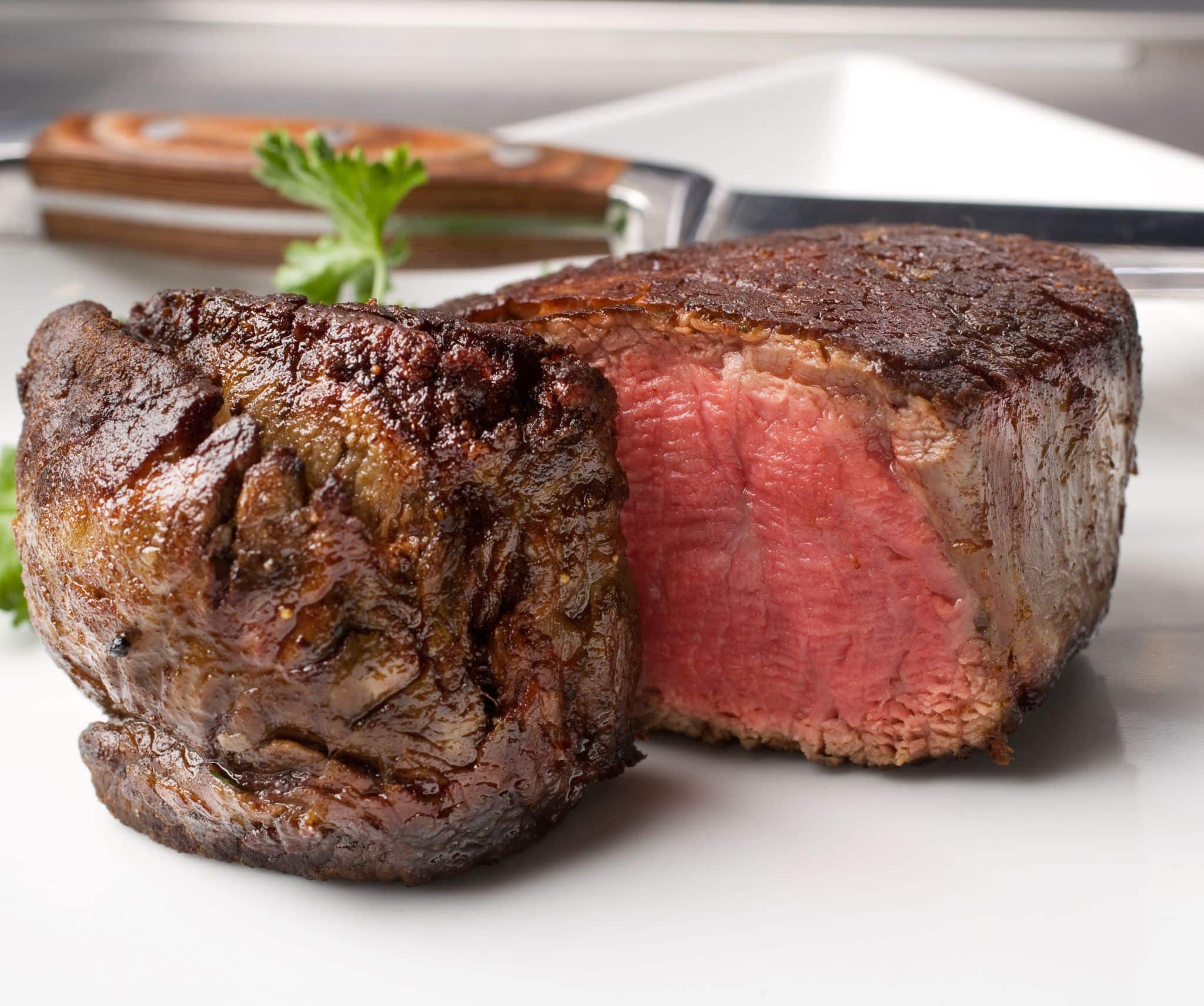
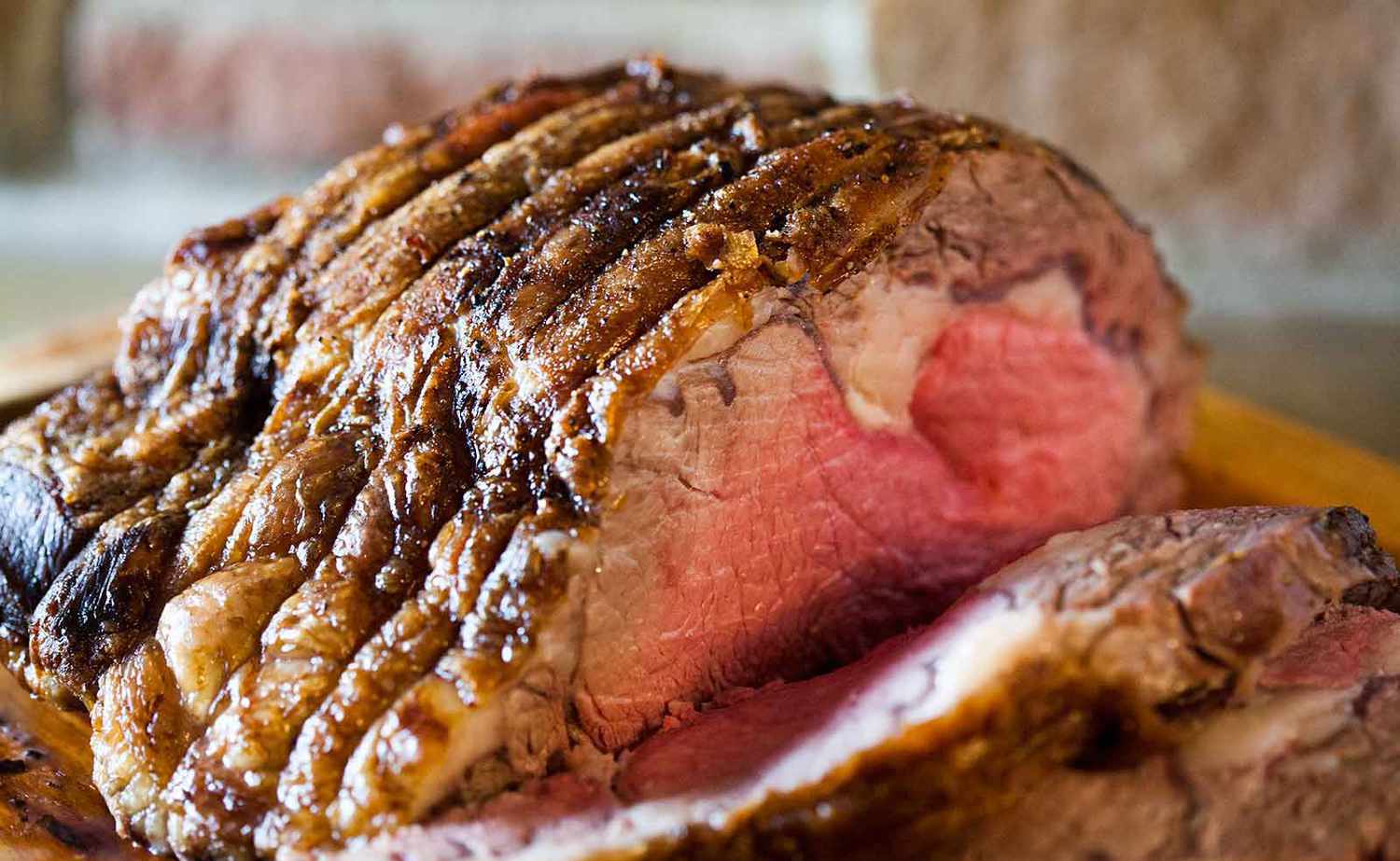
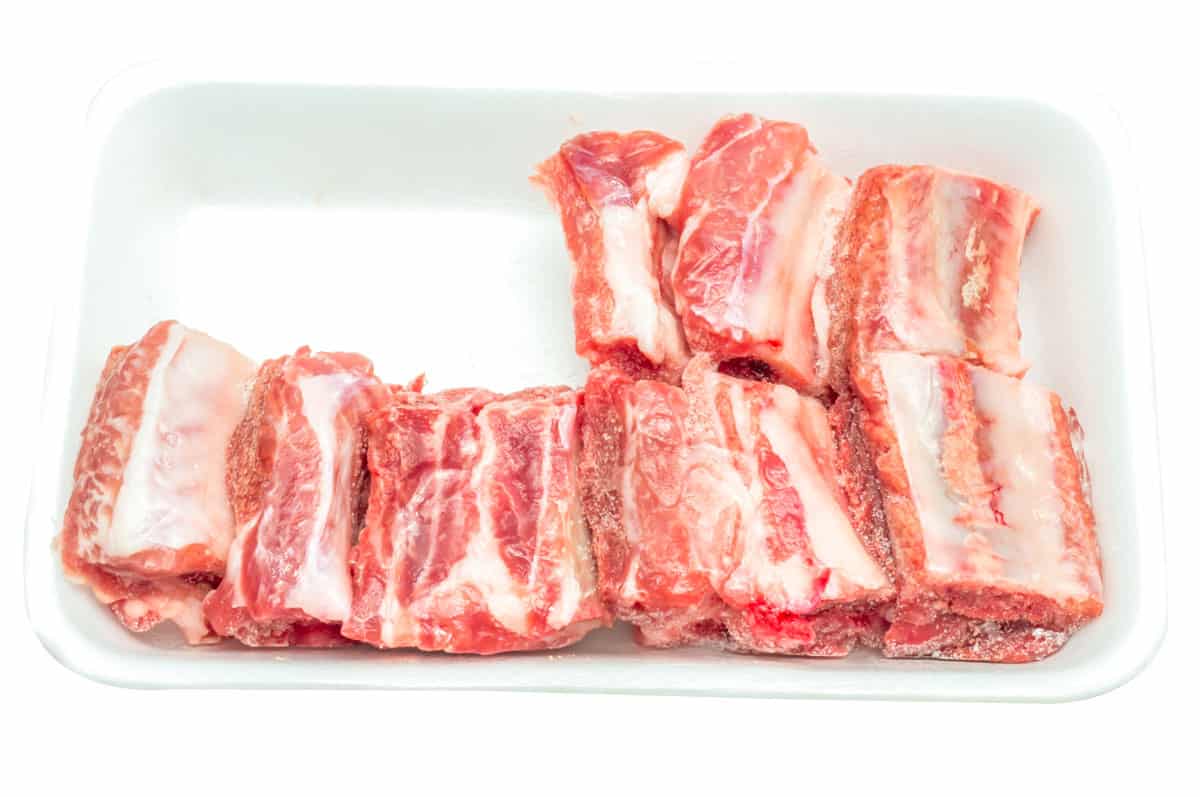
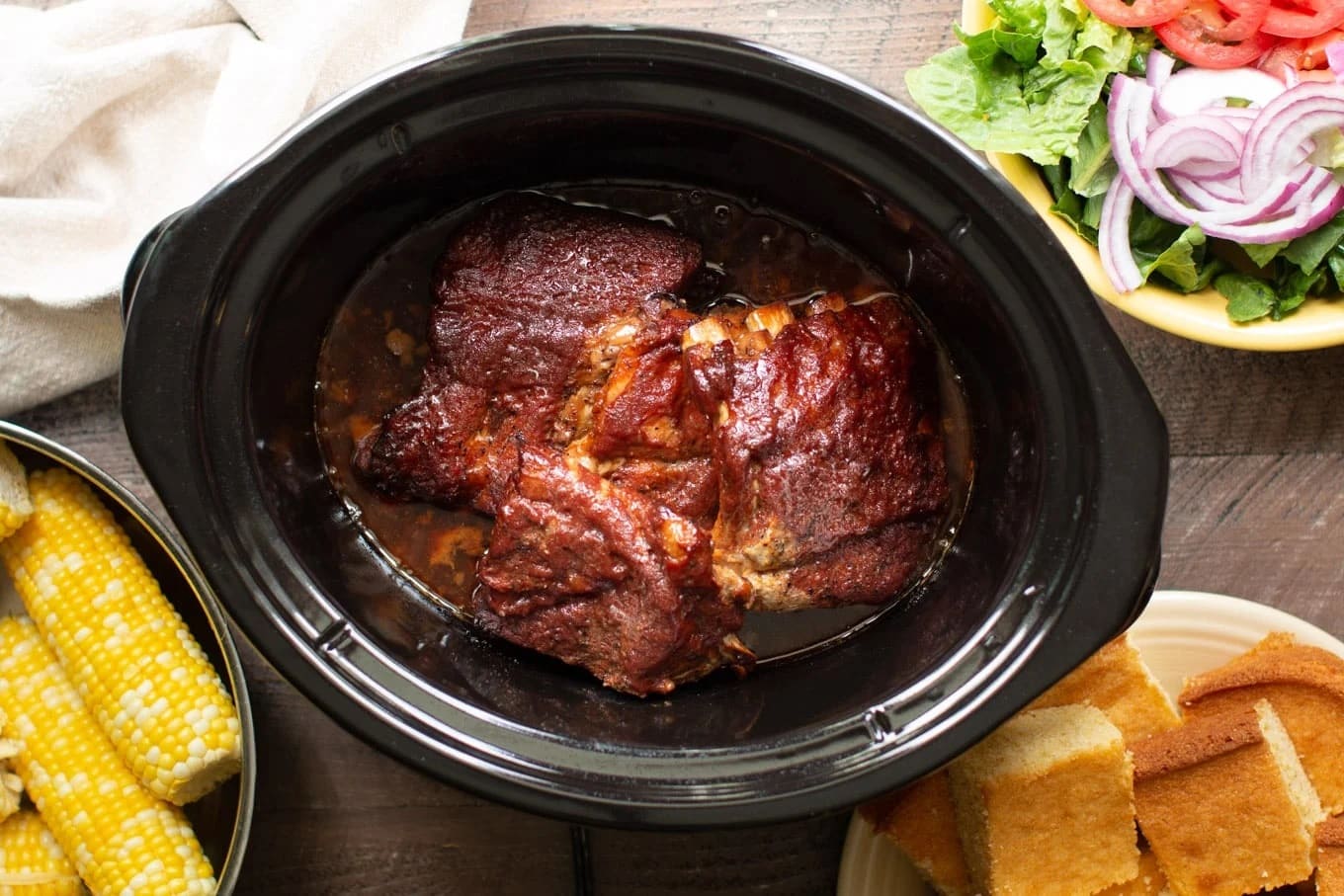
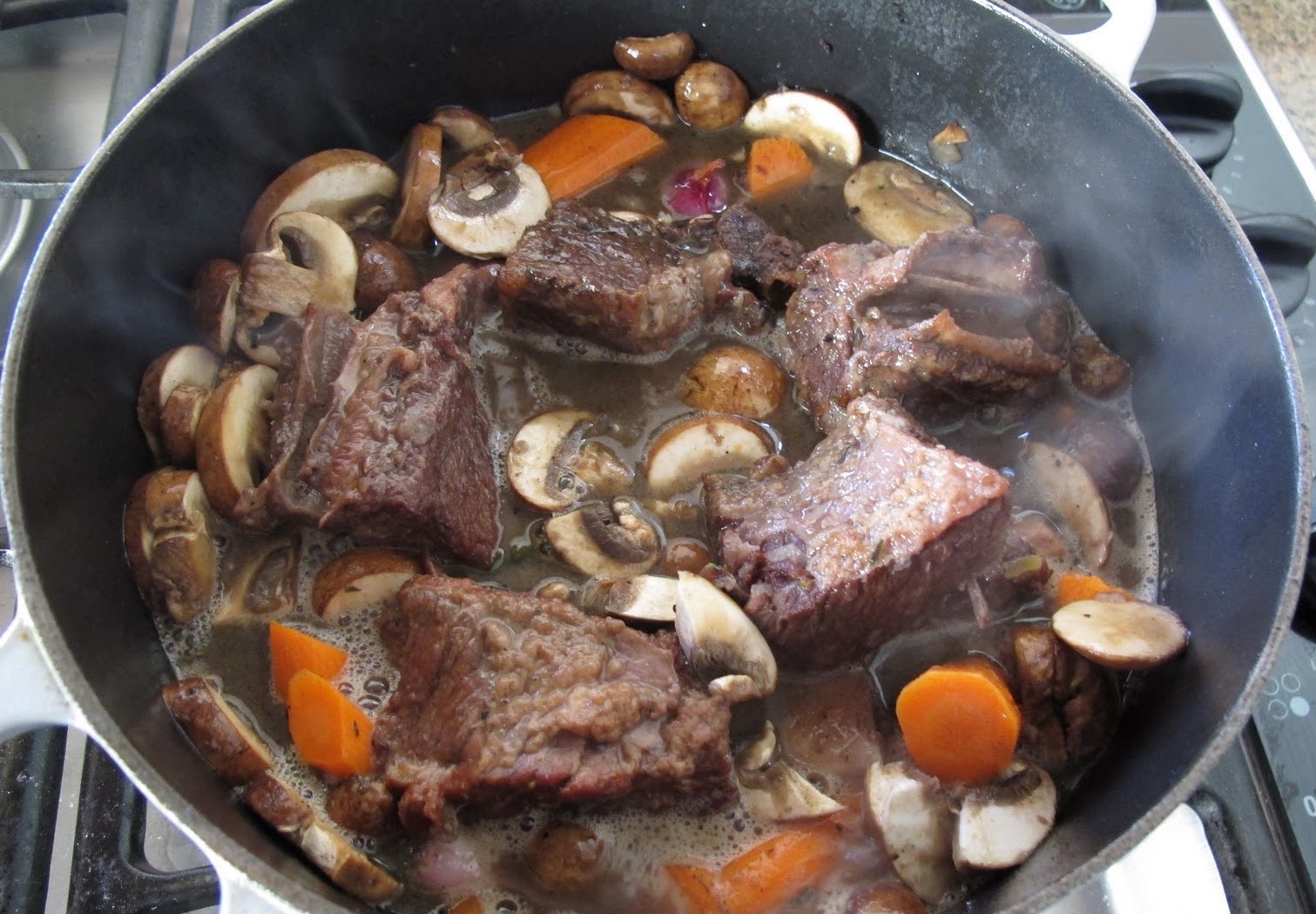
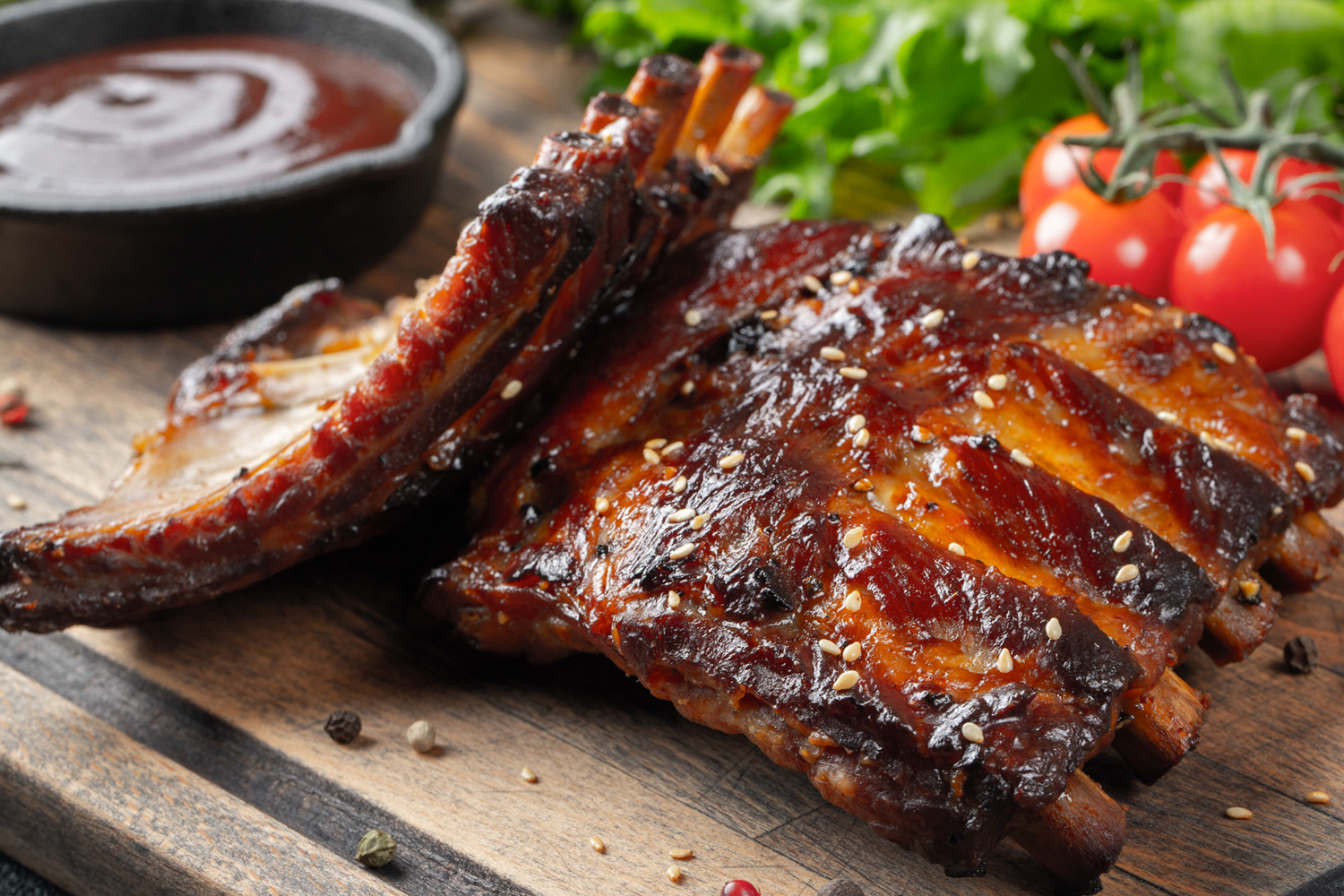
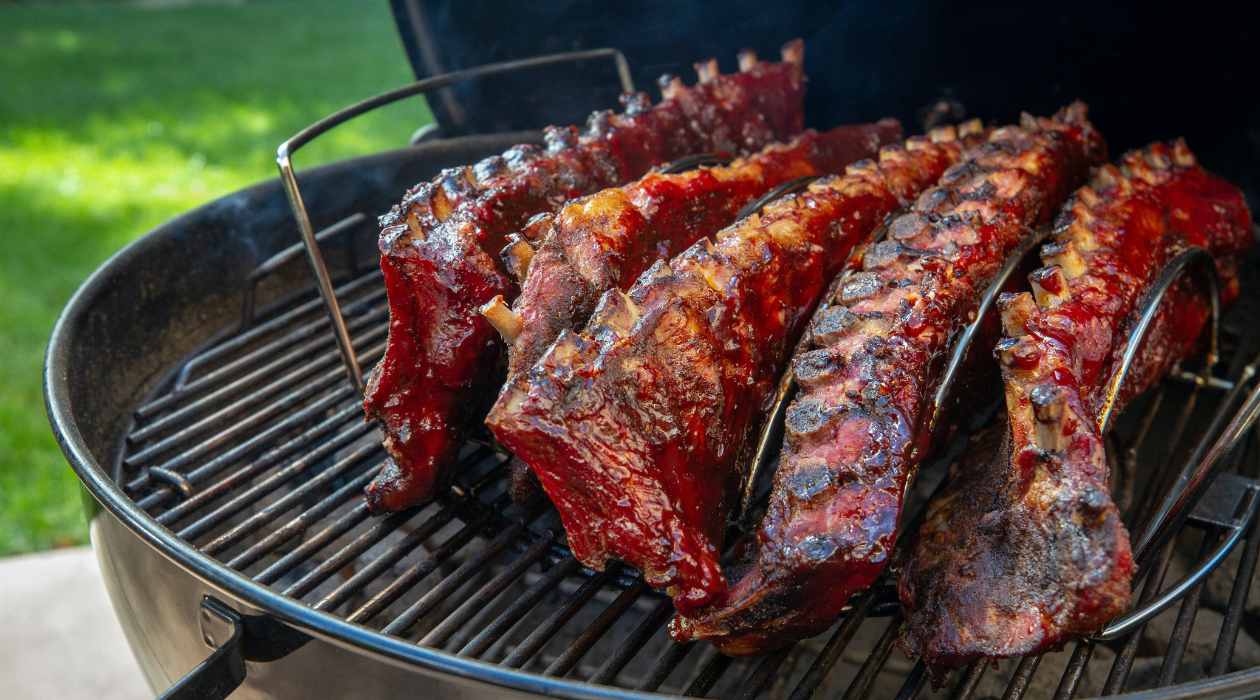
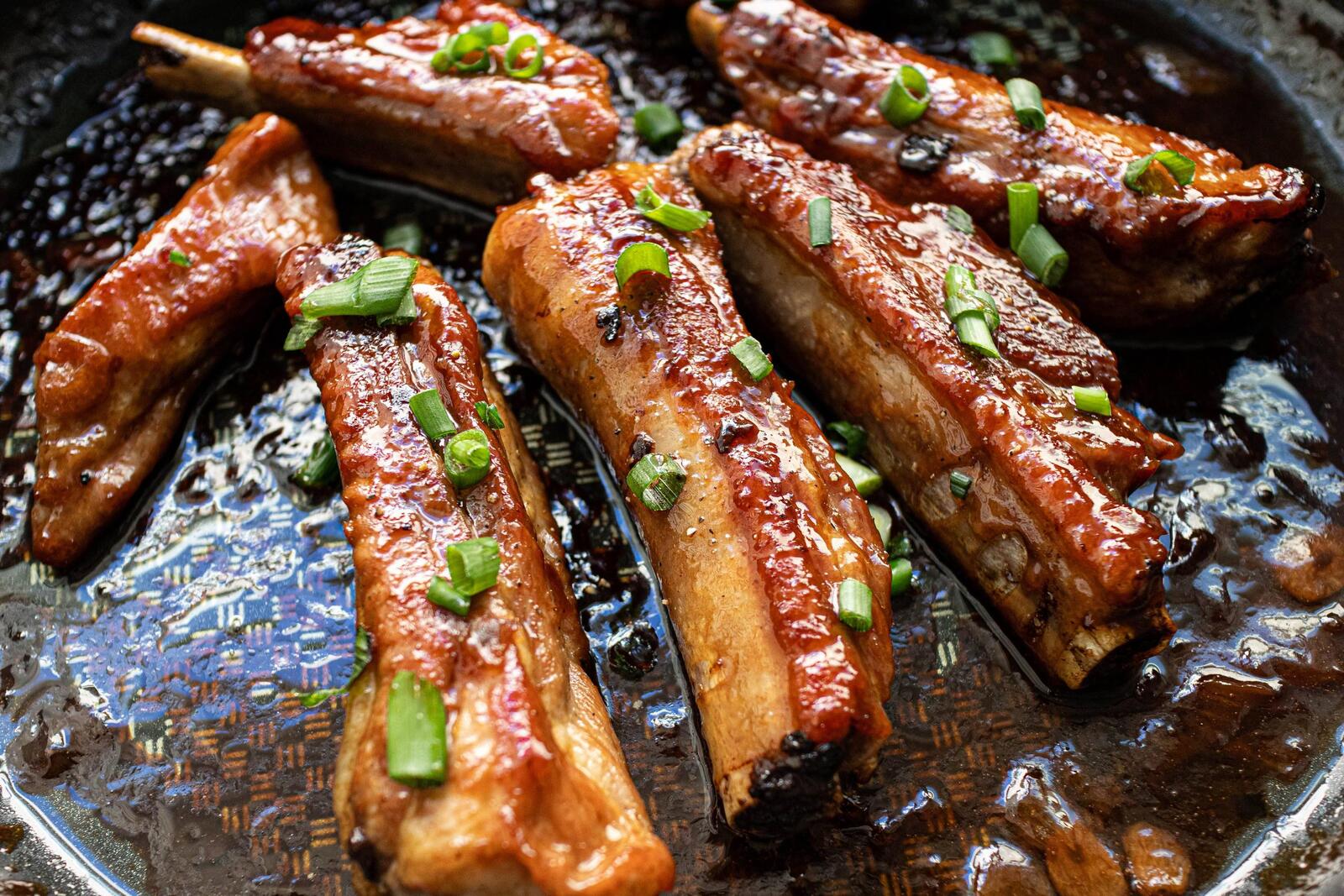
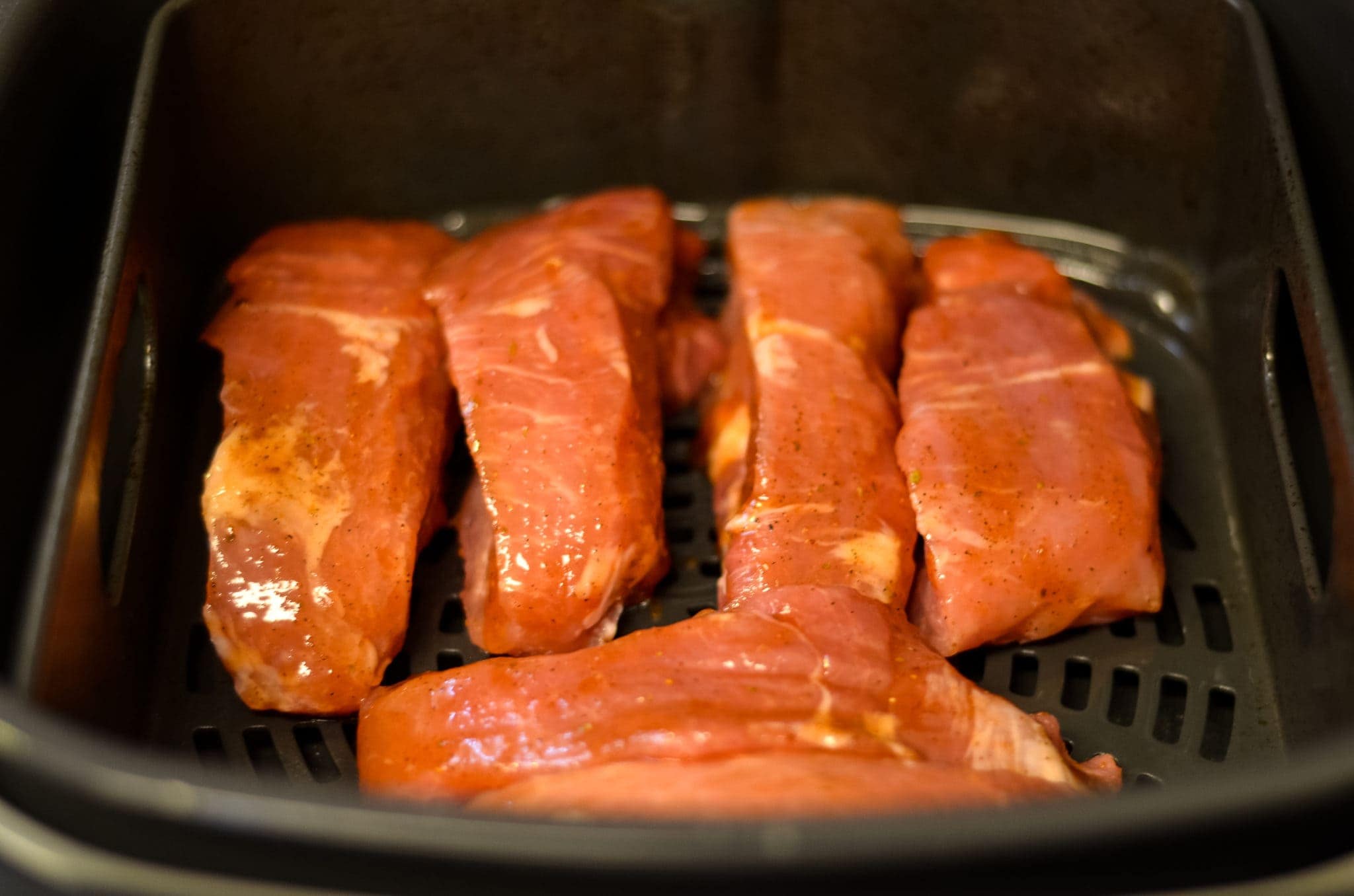
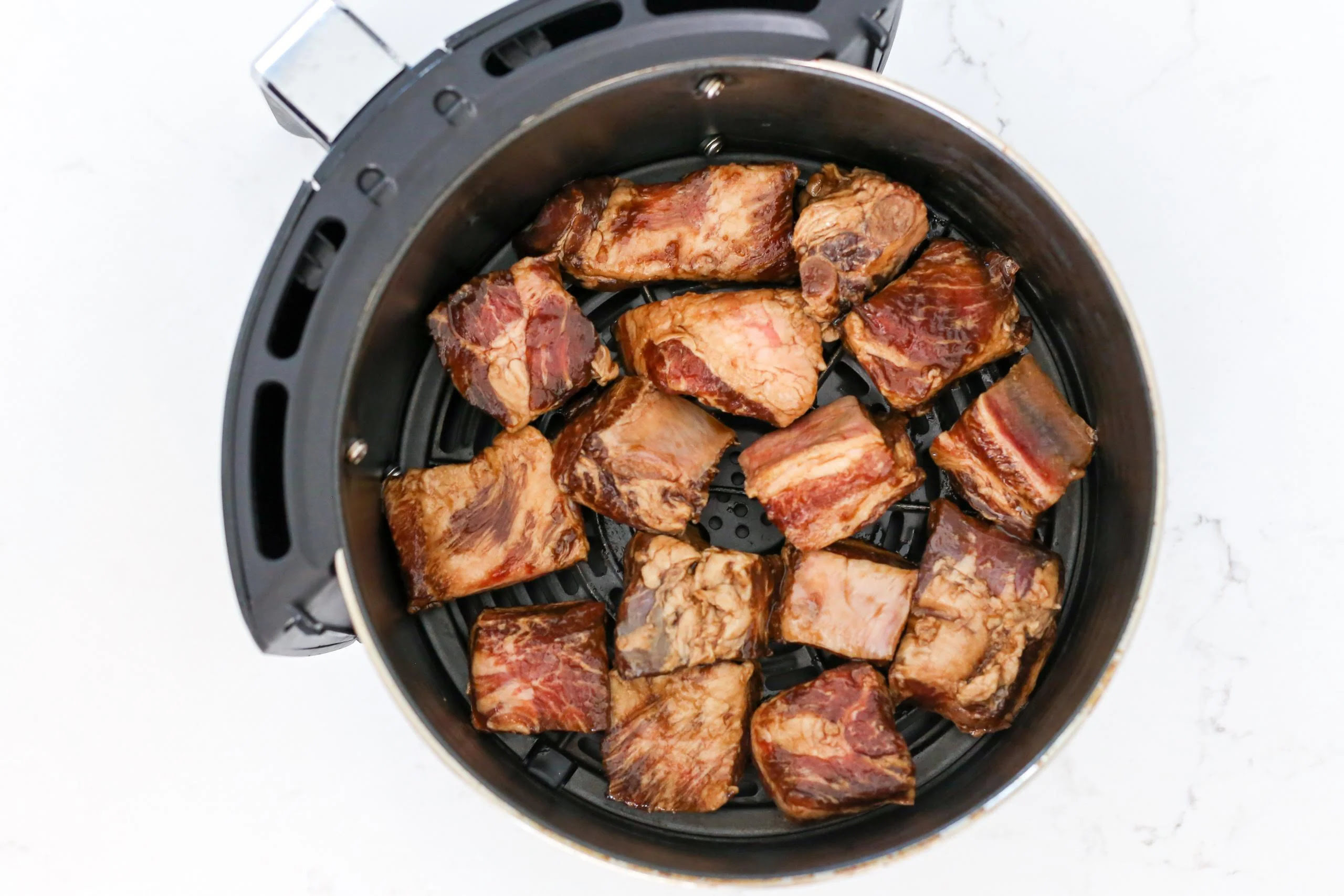
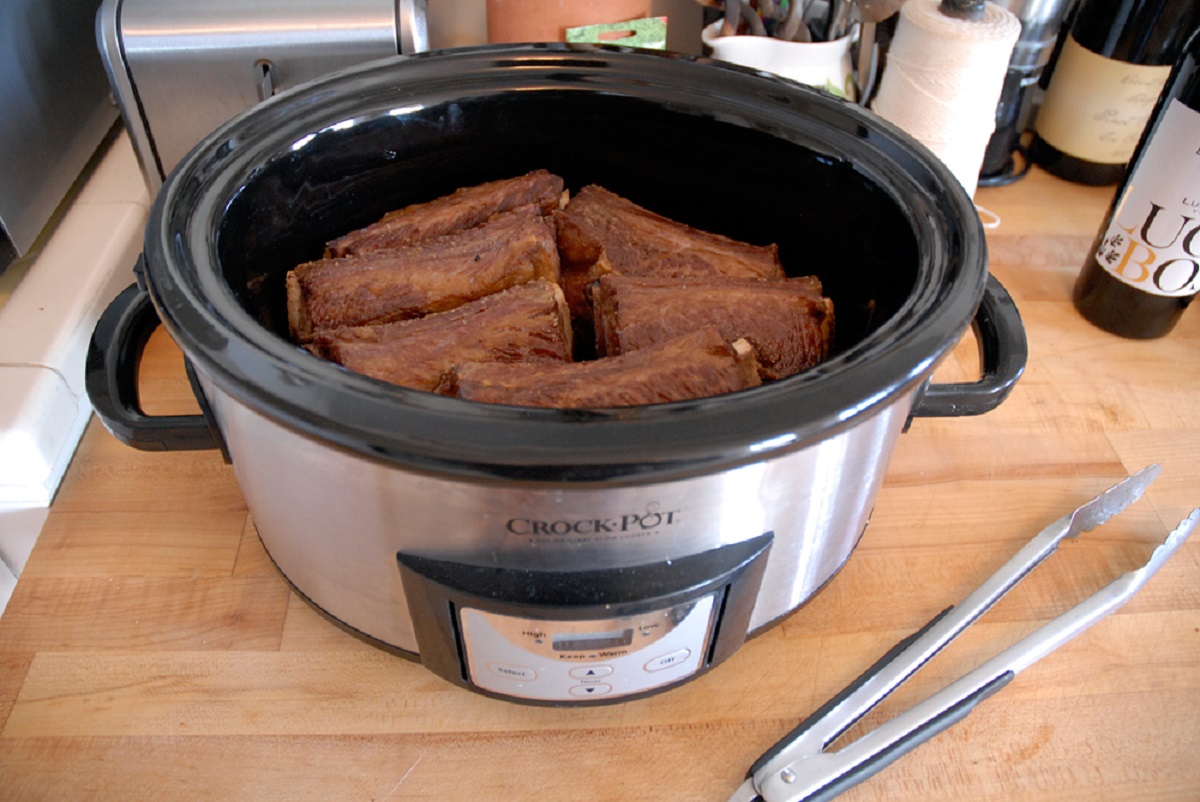
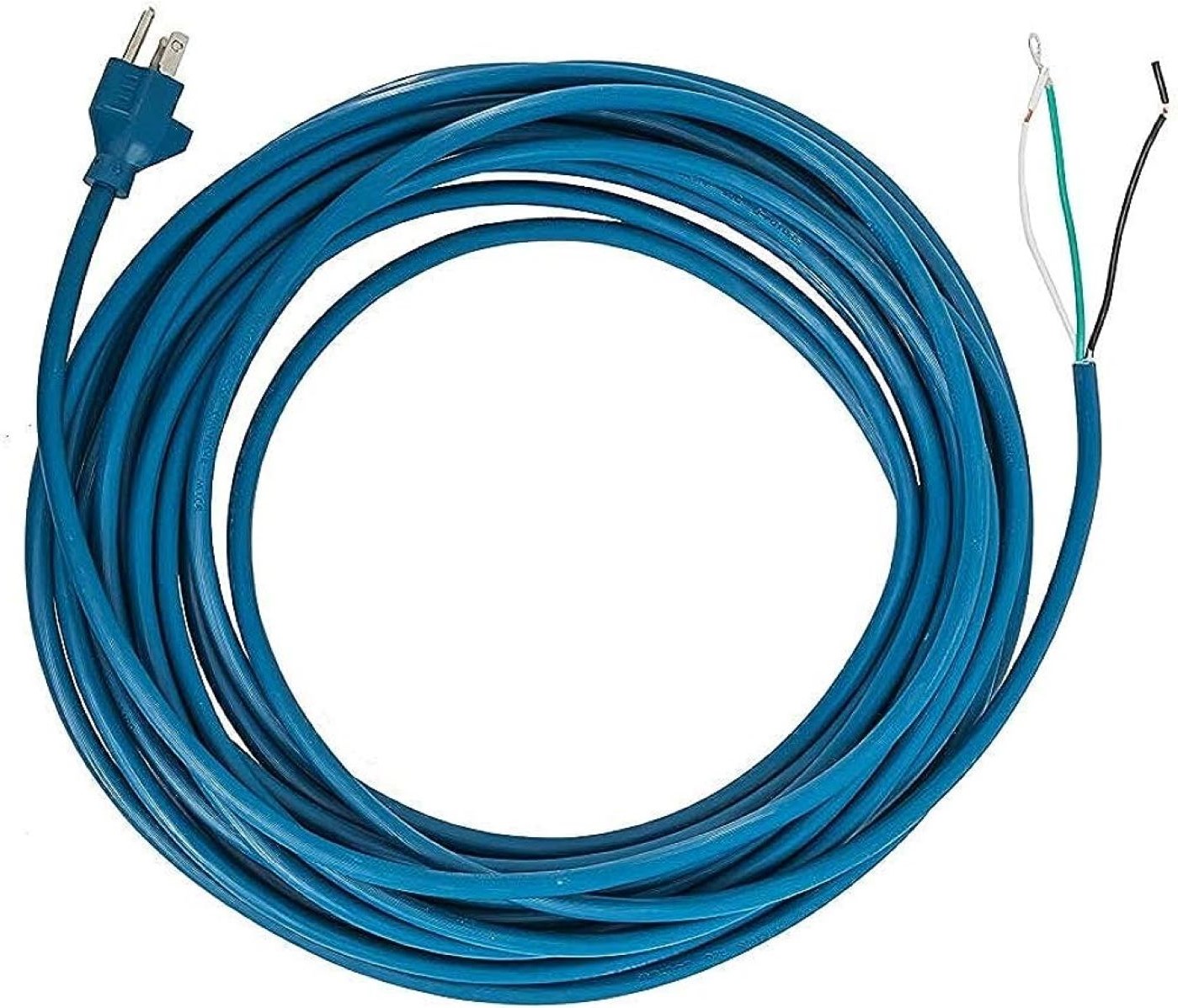
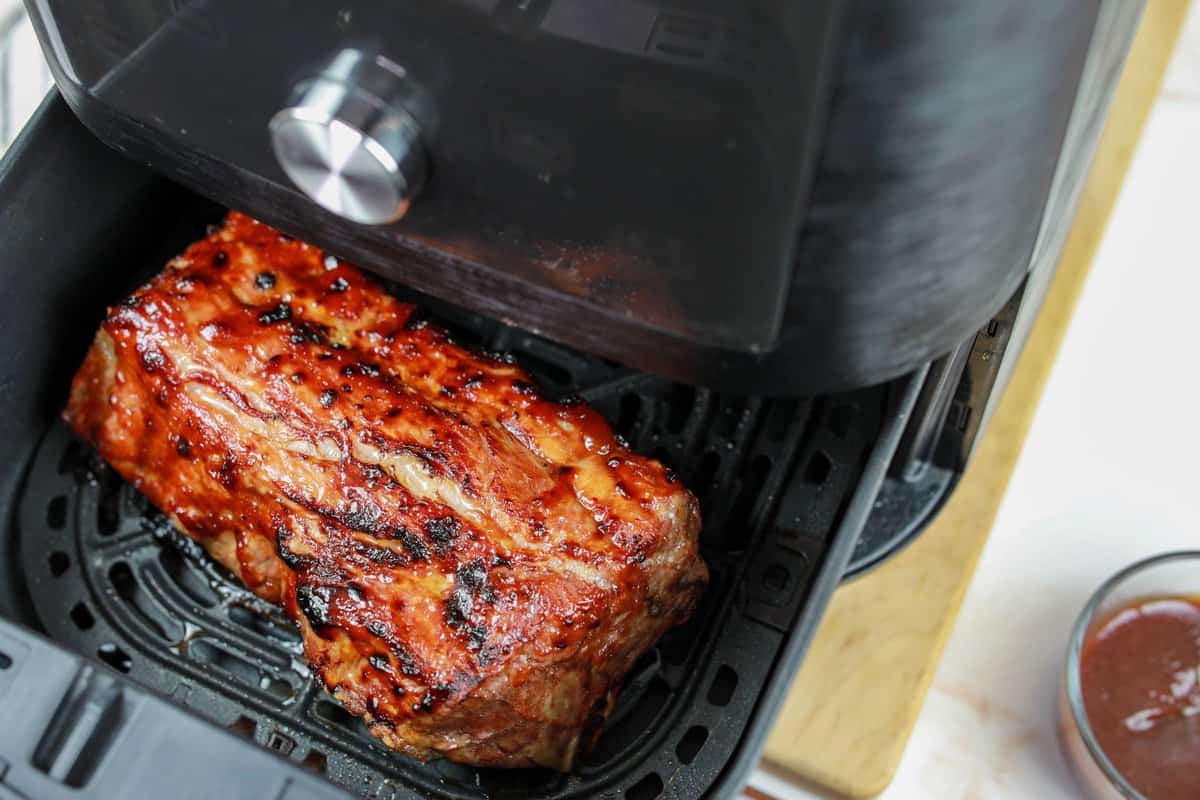

0 thoughts on “How To Store Ribs”